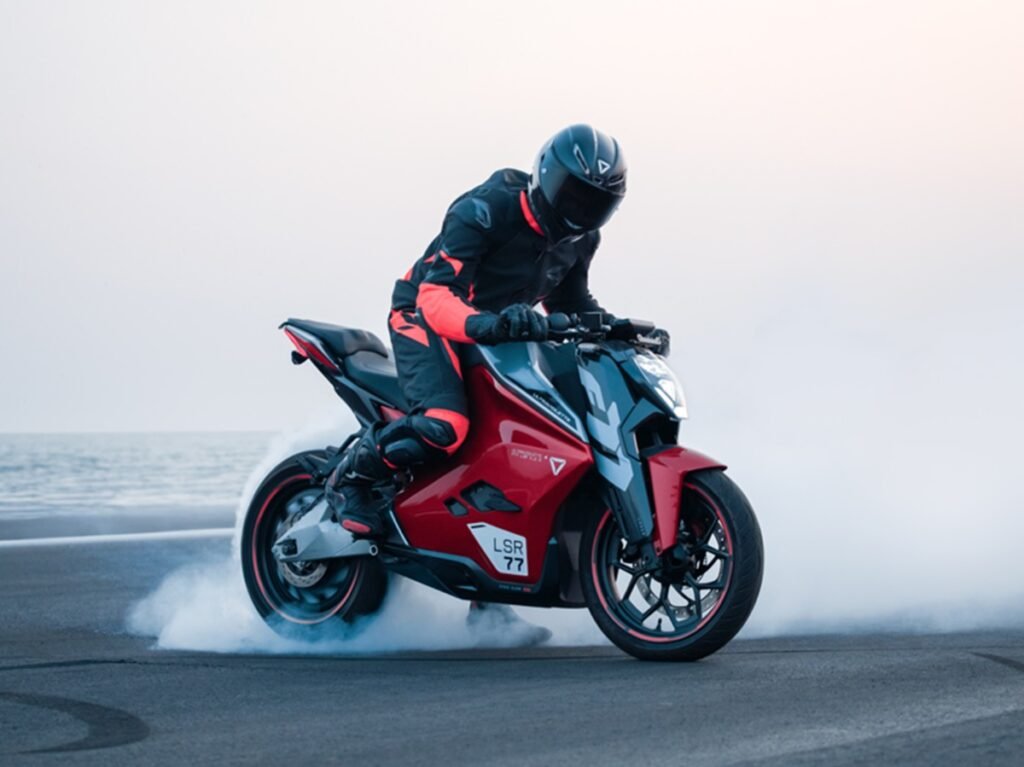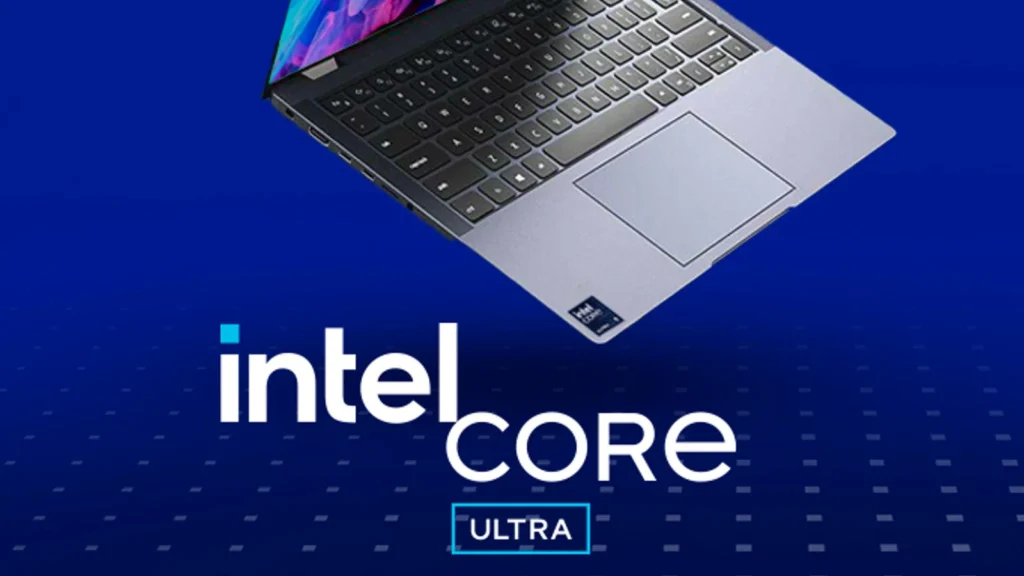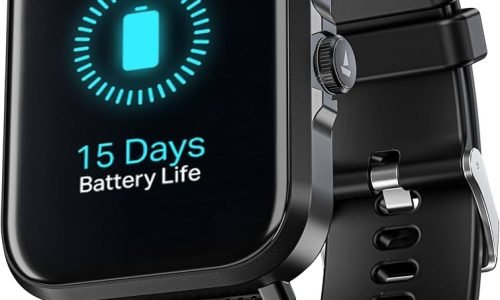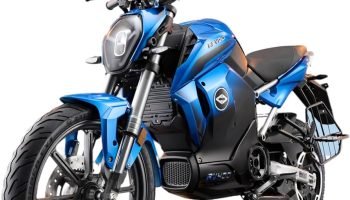Smart Technology Integration in Motorcycle Racing: Enhancing Performance and Safety
Meta Description: Discover how smart technology like connected helmets and wearable devices is revolutionizing motorcycle racing by improving rider safety and performance. In the high-octane world of motorcycle racing, where every millisecond counts, technology is making a powerful impact. One of the most transformative trends in recent years is the integration of smart technology—a game-changer that is reshaping how riders train, compete, and stay safe on the track. From connected helmets that offer heads-up displays to wearable sensors that monitor rider vitals in real time, smart technology is bringing innovation right to the racecourse. These cutting-edge tools are no longer just luxury additions—they are quickly becoming essential components in the modern racer’s toolkit. Connected Helmets: A New Level of Rider Awareness One of the standout advancements is the smart helmet. Designed with integrated GPS, Bluetooth, rear-view cameras, and voice control, these helmets allow riders to receive live feedback without taking their eyes off the road. Some models offer heads-up displays (HUDs) that show speed, navigation, and lap times directly in the rider’s field of vision. By reducing distractions and providing instant data access, connected helmets are significantly improving rider focus and reaction time—a crucial advantage in competitive racing environments. Wearable Devices: Real-Time Data That Matters Wearable tech like smart suits and biometric sensors are allowing teams to monitor heart rate, body temperature, hydration levels, and even impact forces during crashes. These insights help racing teams make data-driven decisions, such as adjusting pit strategies or tailoring training regimens based on a rider’s physiological feedback. This data not only enhances performance optimization but also plays a vital role in preventing fatigue-related accidents, which are all too common in endurance races. Safety Meets Strategy Beyond individual performance, smart technology integration supports broader safety initiatives. Real-time alerts can warn of hazards on the track, detect sudden deceleration indicative of a crash, and even deploy emergency response protocols automatically. Additionally, some race organizations are beginning to use this technology to enforce regulations more effectively, ensuring fair play and increasing overall race transparency. Future Outlook: AI and Predictive Analytics The next evolution in smart tech integration involves AI-powered analytics. By collecting data over multiple races, AI systems can predict equipment failures, optimize tire performance, and even forecast crash risks based on rider behavior. This predictive insight is opening doors to a new era of proactive racing strategies, making races not just faster—but smarter and safer. Conclusion As motorcycle racing continues to evolve, smart technology is no longer optional—it’s essential. With benefits ranging from improved safety to real-time performance tracking, innovations like connected helmets and wearable devices are redefining what’s possible on the track. At WebStudioGlobal.com, we’re passionate about how digital and smart technologies are shaping industries. Stay tuned for more insights into how tech is driving the future of motorsports and beyond. Keywords: smart motorcycle technology, connected helmets, wearable devices in racing, real-time feedback in motorcycle racing, smart helmets 2025, motorcycle racing tech trends, racing safety gear innovations




















